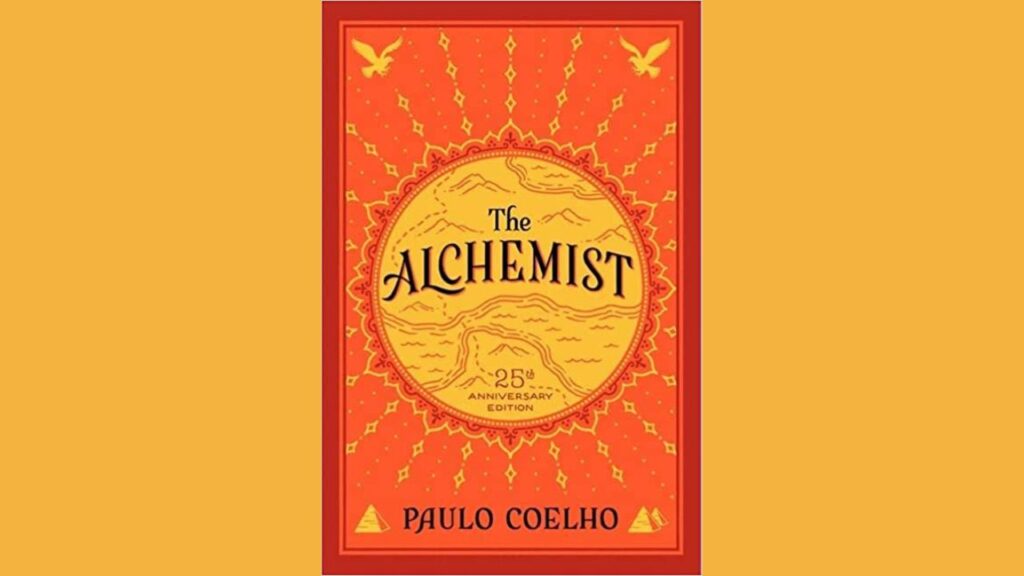
Student Notes – To Kill a Mockingbird by Harper Lee
Introduction:
To Kill a Mockingbird, written by Harper Lee, is a timeless classic that explores themes of prejudice, morality, and the loss of innocence in a small Southern town during the 1930s. Through the eyes of Scout Finch, the young protagonist, the novel delves into the complexities of race, social inequality, and the power of empathy. This set of student notes provides a comprehensive overview of the key elements, characters, and plot points, along with analysis and discussion points for further exploration.
Setting:
- Maycomb, Alabama: A fictional town in the Deep South during the Great Depression.
- The Great Depression: The economic backdrop of the story, contributing to the town’s struggles and divisions.
Characters:
- Scout Finch (Jean Louise Finch): The young, curious, and tomboyish narrator who learns important life lessons.
- Atticus Finch: Scout’s father, a principled lawyer who defends Tom Robinson.
- Jem Finch: Scout’s older brother, who experiences significant growth throughout the novel.
- Calpurnia: The Finch family’s housekeeper, who plays a significant role in raising Scout and Jem.
- Boo Radley (Arthur Radley): A reclusive neighbor who becomes a mysterious figure of interest.
- Tom Robinson: A black man falsely accused of rape, whose trial is a central event in the story.
- Bob Ewell: The abusive and racist father of Mayella Ewell, who accuses Tom Robinson of assault.
- Mayella Ewell: Bob Ewell’s daughter, who makes false accusations against Tom Robinson.
- Miss Maudie Atkinson: The Finch’s neighbor, who provides guidance and wisdom to Scout and Jem.
- Aunt Alexandra: Atticus’s sister, who tries to instill traditional Southern values in Scout and Jem.
Plot Summary:
- Part 1: Introduction to Maycomb and its residents, including the mysterious Boo Radley. Scout, Jem, and Dill’s childhood adventures and games.
- Part 2: The trial of Tom Robinson, where Atticus defends him against false accusations. Racial tensions escalate in the town.
- Part 3: The aftermath of the trial, the attack on Jem and Scout, and the revelation of Boo Radley’s true nature.
- Themes: Prejudice and Racism, Loss of Innocence, Morality, Courage, Social Inequality, Coming of Age.
Key Themes and Symbols:
- Prejudice and Racism: Explored through the treatment of Tom Robinson, the racial divisions in Maycomb, and the case’s outcome.
- Loss of Innocence: The children witness the harsh realities of the adult world and grapple with the unfairness of society.
- Courage: Atticus’s moral courage in defending Tom Robinson, Boo Radley’s hidden acts of bravery, and Scout’s evolving bravery.
- Mockingbird: Symbolizes innocence and the idea that it is a sin to harm those who are defenseless or pose no threat.
Analysis and Discussion Points:
- Discuss the role of Calpurnia in the Finch family and the lessons Scout and Jem learn from her.
- Analyze Atticus Finch’s moral compass and his unwavering commitment to justice.
- Explore the significance of the trial scene and its impact on the community.
- Discuss the importance of empathy in the novel and how it shapes the characters’ actions.
- Examine the social hierarchy and class divisions in Maycomb, as portrayed by the Ewell family and the Finch family.
- Discuss the portrayal of gender roles and expectations in the novel.
Conclusion:
To Kill a Mockingbird remains a powerful and thought-provoking novel that tackles important social issues. Harper Lee’s masterful storytelling and vivid characters captivate readers while shedding light on the injustices and prejudices of society. By delving into the student notes provided, readers can gain a deeper understanding of the book’s themes, characters, and underlying messages, fostering critical thinking and promoting meaningful discussions.





